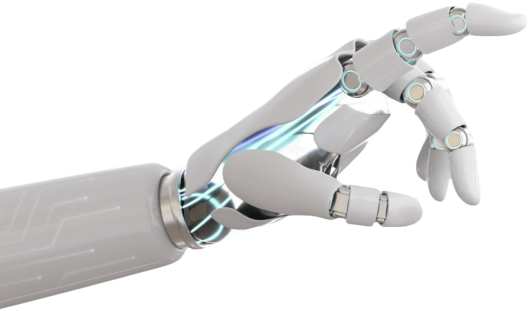
This is a new part of our series dedicated to presenting the results obtained in applying the combinations of numeric and knowledge based techniques to various layers of the control hierarchy such as regulation, supervision and process co-ordination. This paper describes a diagnosis system (developed by dr.J.Zhang and Professor P.D.Roberts, while working together at the Control Engineering Centre, City University, London), which detects and diagnoses faults by the combined use of both shallow knowledge, in the form of heuristic rules, and deep knowledge, in the form of qualitative models, and exhibits learning characteristics in that the rules can be learnt from deep knowledge based diagnosis. Since heuristic rules can usually give efficient diagnosis, they are used to propose a hypothesis when abnormalities occur in the measurements of the monitored process. The proposed hypothesis is then tested on a deep qualitative model of the process to enhance diagnostic reliability. The heuristic rules used are learnt from the deep knowledge based diagnosis using the ideas of explanation based learning (EBL). After a successful diagnosis, which is not proposed by a heuristic rule, the qualitative deviations in on-line information are calculated to form a training example which is generalised based on the deep model of the process. By such means, heuristic diagnostic rules can be accumulated automatically and, therefore, ease the task of knowledge acquisitior. The proposed learning method has been tested on the fault diagnosis of a pilot scale mixing process.
Fault diagnosis, expert systems, qualitative reasoning, self-learning of diagnostic rules.
FLORIN GHEORGHE FILIP, PETER DAVID ROBERTS, JIEZHANG, "COMBINED NUMERIC/KNOWLEDGE BASED HIERARCIDCAL CONTROL - Part II. On-line Fault Diagnosis With Deep Knowledge Based Self-learning of Heuristic Rules", Studies in Informatics and Control, ISSN 1220-1766, vol. 1(3), pp. 181-192, 1992.